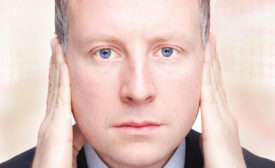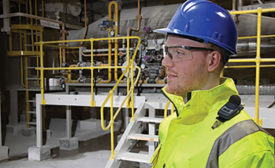Home » hearing conservation
Articles Tagged with ''hearing conservation''
3M introduces Intrinsically Safe communication headset
New PELTOR™ Headset helps provide clear, reliable communication in hazardous environments
December 10, 2015
Honeywell announces hearing conservation toolbox mobile application
One-stop information resource for workplace hearing safety for use on Apple iPad®
November 16, 2015
Become a Leader in Safety Culture
Build your knowledge with ISHN, covering key safety, health and industrial hygiene news, products, and trends.
JOIN TODAYCopyright ©2025. All Rights Reserved BNP Media.
Design, CMS, Hosting & Web Development :: ePublishing






